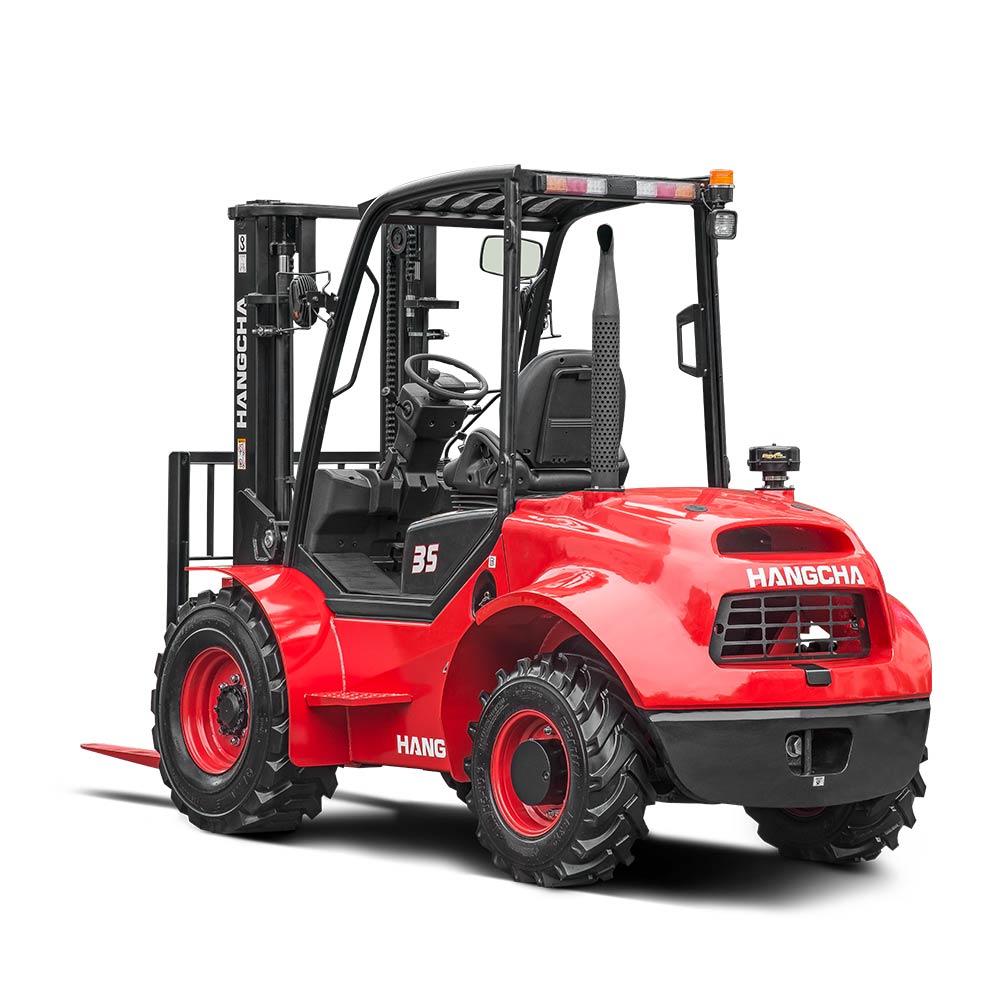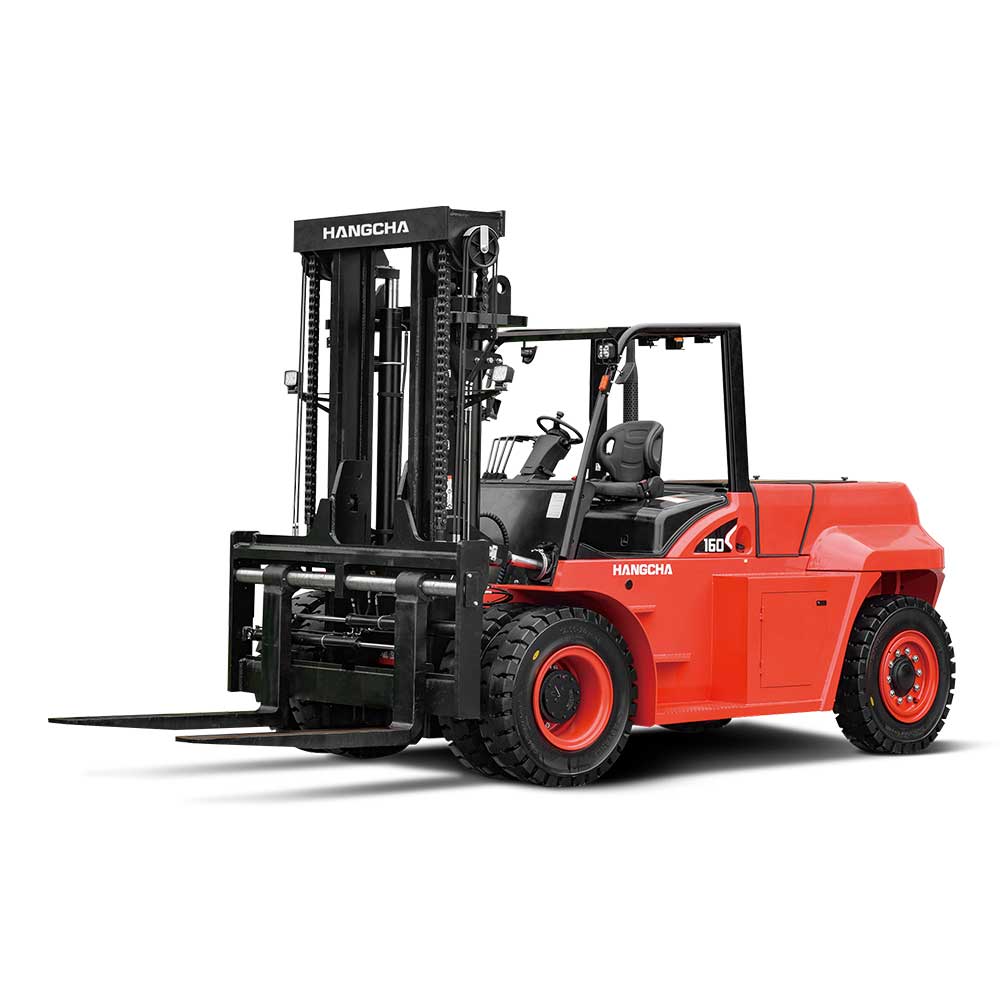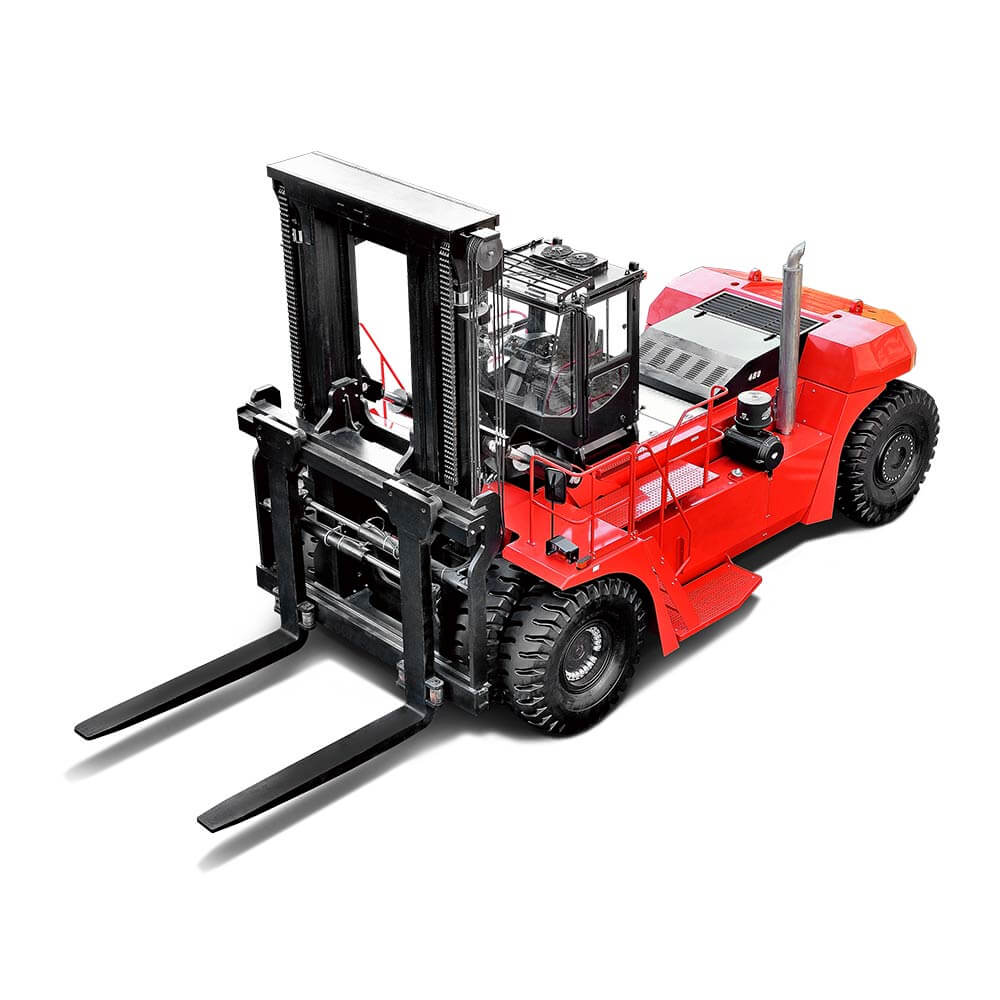Forklifts have formed part of the vital factors that keeps industries running. For one, forklifts allow for the efficient and safe movement of heavy loads, which, had an average person done it, would normally take long hours of intensive labor. This article will cover everything you need to know about forklifts, from the different types of forklifts and typical applications to the essential components that make up the forklift.
So let’s buckle up and embark on this enlightening journey into forklift technology. Get ready to expand your knowledge and elevate your forklift expertise!
Different Types of Forklifts and Where to Commonly See Them
Forklifts come in various types. Each machine is designed for specific applications and working environments. Understanding the different types will help you choose the right forklift for your business needs. Let’s take a look at some of the most common types of forklifts:
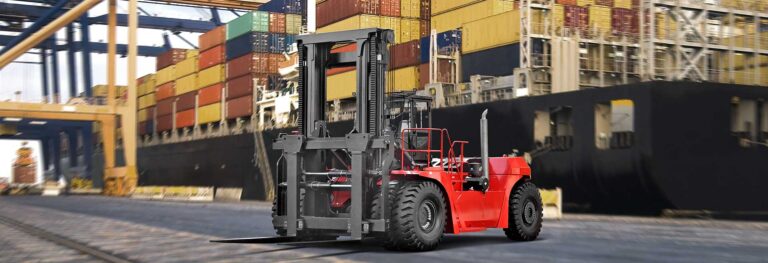
Counterbalance Forklift
The most widely used forklifts known for their versatility. This type of forklift is ideal for indoor and outdoor use, making them suitable for various industries.

Reach Truck
Have extendable forks designed for narrow aisle operations and efficient use of space, making them perfect for warehouses and storage facilities.

Pallet Trucks
Also known as pump truck transport palletized loads horizontally. They are easy to operate and require minimal training.

Order Picker
Designed explicitly for picking items from high shelves or racks in warehouses with high shelving systems.

Rough Terrain Forklifts
Designed with large tires and higher ground clearance, making them suitable for outdoor construction, lumber yards, and agricultural settings.
Understanding the different types of forklifts is crucial to ensure you have the right equipment. Whether you require a counterbalance forklift for general use or a reach truck for narrow aisles, the right type will significantly enhance your productivity and efficiency. Now that we’ve introduced you to the most common types of forklifts used, we hope choosing the right type for your business will come easily. Choosing the right type will significantly enhance your productivity and efficiency.
Forklift Parts and Their Functions
But to fully understand how a forklift operates, it is essential to familiarize yourself with its various components and functions. Let’s take a closer look at the main parts of a forklift:

Mast
The mast supports the lifting mechanism. It consists of interlocking rails, hydraulic cylinders, and chains or rollers that allow the forklift to raise and lower loads.

Forks
Forks are long, horizontal arms extending from the forklift’s front and supporting the load. They typically come in different lengths and widths to accommodate various load sizes.

Carriage
The carriage is the component that connects the forks to the mast. It moves vertically along the mast to adjust the fork height.

Tires
Forklifts can have different types of tires: cushion, air, and solid pneumatic, depending on the working environment.

Engine
Forklifts can be powered by various types of engines, including gasoline, diesel, electric, or propane. Each type has its advantages and is suited for different applications.

Hydraulic System
The hydraulic system is responsible for powering the lifting and tilting functions of the forklift. It consists of a hydraulic pump, control valves, and hydraulic cylinders.
Understanding a forklift’s various parts and functions is essential for proper maintenance and troubleshooting. Regular inspections and maintenance of these components will ensure optimal performance and extend the lifespan of your forklift.
Buying Consideration Before Securing a Forklift For Your Business
Great! So we’ve enlightened you on the parts of a forklift, the common types of forklifts, and where to find them. Before buying, you must consider many factors since choosing the right forklift for your business is essential in ensuring optimal performance and productivity.
It’s best to consider factors such as the application for which the forklift will be used. Think about the type of loads to be handled and what other special requirements you may have.
You can also opt to calculate your desired forklift’s average load weight. Here’s a tip: choosing a forklift with a slightly higher load capacity is always better. You’ll never know what your future growth or unexpected loads will look like.
Also, with the rapid advancement of technology, greener options have surfaced. So, don’t forget to consider the power source best suited to your forklift needs. Forklifts nowadays can run on diesel or lithium-ion options. Their maintenance requirements may vary in the long run. Still, with the abundance of forklift service providers in the Philippines, we guarantee you’ll have access to readily available parts wherever possible.
Lastly, the most important thing to consider before buying a forklift is whether or not you have the budget. Consider the upfront and long-term operating costs, including fuel or electricity expenses, maintenance, and potential downtime.
By carefully considering factors such as load capacity, application, power source, and budget, making an informed decision can optimize your operations and maximize your business’s potential.
Common Accidents That Happen During Forklift Operations and How To Prevent Them
Congratulations on your new forklift! Remember that safety should always be a top priority when operating a forklift. Unfortunately, accidents involving forklifts often result in serious injuries or, worse, fatalities.
But by being aware of the common causes of forklift accidents and implementing preventive measures, you can significantly reduce the risk of incidents.
Let’s explore some of the most common forklift accidents and how to prevent them:

Tip-overs
This can happen for various reasons. Overloading, improper turning, or driving on uneven surfaces can cause this. To prevent tip-overs, ensure the forklift is appropriately balanced and the load is within the rated capacity.

Struck-by Accidents
Struck-by accidents happen when a forklift collides with a person, another vehicle, or an object. These accidents can be prevented by maintaining clear visibility and keeping a safe distance from pedestrians and other vehicles.

Fall from Heights
Falls from heights occur when operators fall off elevated platforms or racks. To prevent falls, ensure the use of restraint systems, such as harnesses, when operating order pickers or reach trucks.

Improper Loading
Improper loading of the forklift can lead to load shifts, which can cause instability and result in accidents. Ensure that loads are properly secured and evenly distributed on the forks. Use attachments such as clamps or rotators to improve load stability if necessary.
By implementing these preventive measures and providing comprehensive training to forklift operators, you can significantly reduce the risk of accidents in your workplace.
Forklift Safety Tips and Operations for a Secure Working Environment
To ensure a secure working environment, it is essential to follow industry safety guidelines and regulations. Here are some vital forklift safety tips and regulations to keep in mind:
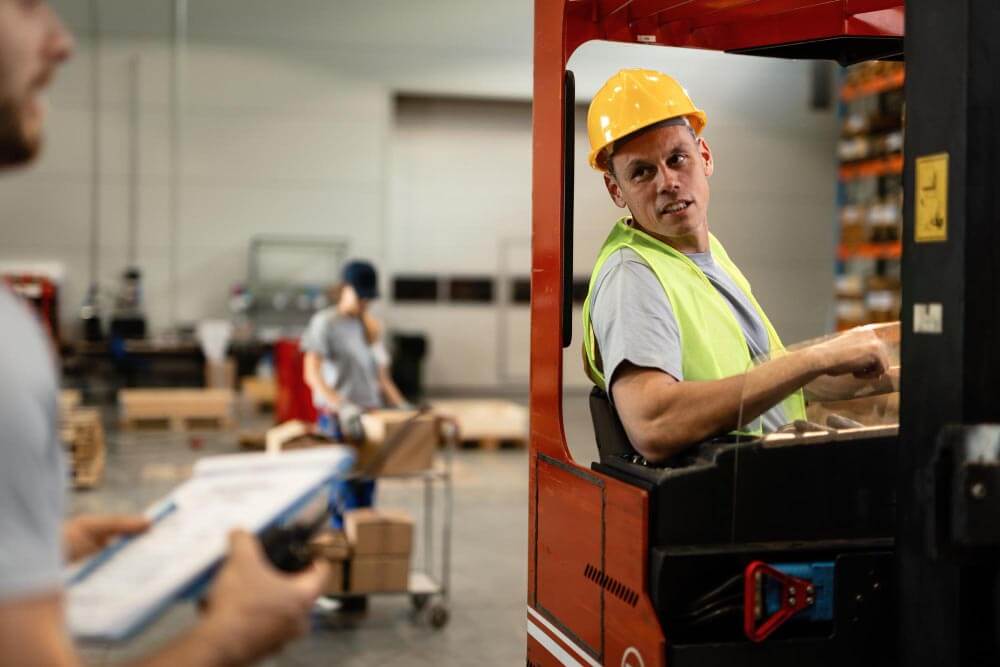
Pre-Operational Checks:
Before operating a forklift, perform a pre-operational check to ensure all components are in working order. Check for any damages or faulty brakes. Inspect the forks, mast, and hydraulic system for wear or tear.

Load Capacity:
Never exceed the forklift’s rated load capacity. Overloading can lead to tip-overs and accidents. Consult the forklift’s load capacity chart and ensure the load is distributed correctly on the forks.

Safe Operating Procedures:
Drive at a safe speed, maintain a safe distance from other vehicles and pedestrians, and use horns and warning lights when necessary. Always use seatbelts or harnesses when operating order pickers or reach trucks.

Regular Maintenance:
Regular maintenance is essential to ensure the safe operation of forklifts. Follow your manufacturer’s recommended maintenance schedule and regularly inspect all components.

Emergency Procedures:
Establish clear emergency procedures for forklift accidents. This includes reporting incidents and securing the area. Ensure that all operators are familiar with these procedures and know how to respond in an emergency.
Remember, compliance with safety regulations and implementing best practices are crucial for a safe working environment. By following industry safety guidelines and implementing preventive measures, you can reduce the risk of accidents and ensure the well-being of your workforce.
Embracing advancements in forklift technology, such as automation and improved ergonomics, will further enhance productivity and efficiency.

The Future of Your Business Is Forklift Technology
So, whether you are a forklift operator, a business owner, or simply curious about forklift technology, we hope this comprehensive guide has provided valuable insights and knowledge. Remember to prioritize safety, stay updated with industry trends, and strive for excellence in forklift operations.





